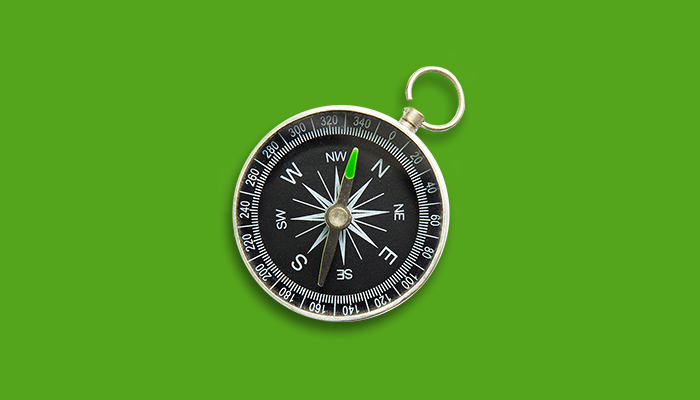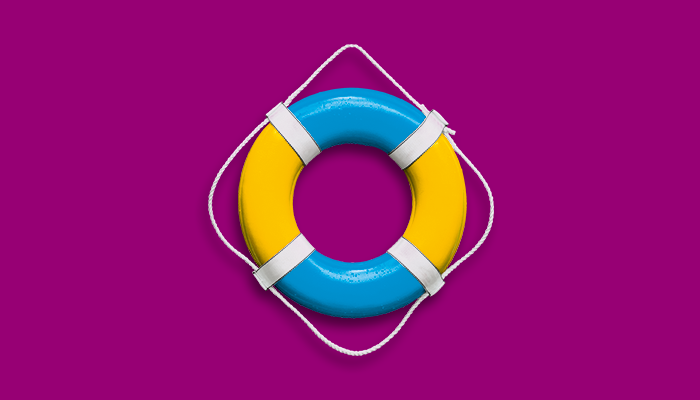How to manage your portfolio

Building an investment portfolio isn’t a one-off exercise. By checking into your investments regularly, you can make sure you’re happy with your decisions – and on track with your goals.
What you will learn
- Why investing is not a short-term exercise
- Why you might need to change the assets in your portfolio
- When your portfolio might be carrying too much risk
Have you done your homework and found the perfect blend of investments? You might be tempted to sit back and relax. But investing is not just about making the right choices – it’s about adapting to change.
Your life goals will likely change over the years – and so will the level of risk you are willing to take when investing. Your investments’ performance will also vary over time, which means you may need to adjust – or ‘manage’ – your portfolio.
Reaching for your goals
We’ve all got some big life moments in common – first job, first house, having a baby and retirement.
Each of these stages means a different way of looking at investment, one that reflects how much time and money you can put into it.
Say you’re saving for a deposit for a new home. You might be better off limiting your exposure to equities (shares) in your portfolio, as there is less time to recover if stock prices fall.
But if you’re building a nest egg for retirement, your investments will have plenty of time to recover from any dips in the market. That means you might be more willing to take on higher-risk investments.
Retirees also have more choice about how they manage their savings – they can pick a pension income drawdown drawdown over an annuity, for instance. As a result, they may need to retain higher risk assets in their portfolio.
You can read more on blending assets to protect your finances here.
Your portfolio is a balancing act
If one asset performs more strongly than others it can begin to make up a larger proportion of your portfolio. Similarly, if an asset underperforms, its relative ‘weighting’ in your portfolio will reduce. This can result in your portfolio’s asset allocation becoming skewed, meaning the level of risk could be higher or lower than you want.
This can result in your portfolio’s asset allocation becoming skewed, meaning the level of risk could be higher or lower than you want.
Over time, some investments in your portfolio will perform better, while others will do less well. As this will change the amount of risk in your portfolio, you may ‘rebalance’, or adjust, this ratio by buying and selling assets.
Let’s say you create a portfolio consisting of 50% equities and 50% bonds. If the equities perform better than the bonds, you could end up with a 70/30 equity/bond ratio, which would be higher-risk.
You can ‘rebalance’ your portfolio by partially selling off the strong performers and using the money to buy more of the weaker performers. This will bring the balance back in line with your original goals.
Balancing your fees
If you play about too much with your portfolio, it can result in unnecessary fees, which can eat into your overall profits.
However, it’s good to see how your investments are doing once a month, and carry out a bigger review at least once a year.
Managing your portfolio doesn’t mean making lots of unnecessary changes. Evidence suggests buying and holding investments is the best approach – find out more by reading our article on buying and holding investments.
Risk notice
Any information provided should not be considered personal advice. Past performance is not a guide to future performance. You may not get back the full amount you invest. If you have any doubts about making your own investment decisions, seek financial advice.






















